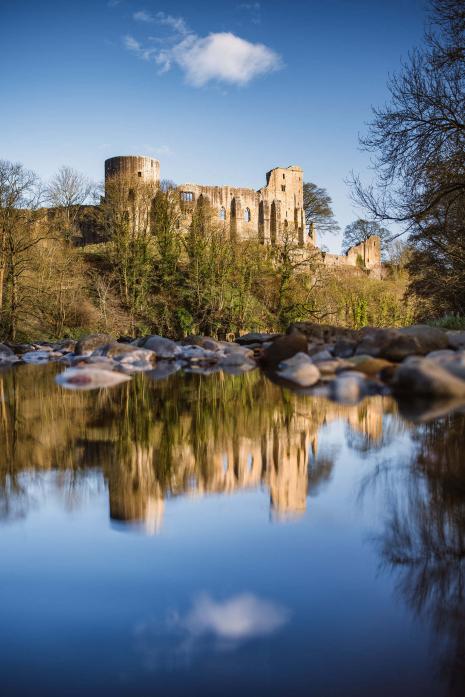
Fishing the Tees
With Andrew Wilkinson
AFTER a poor trout season along the length of the Tees, there was some signs of improvement in the last few weeks.
Trout numbers increased slightly, while, as usual, more grayling were caught in the early autumn, for the species is most active when the days shorten.
Chatting to a couple of fellow club members on the river bank near Barnard Castle, we agreed it had been a tough year. But one of the guys suggested that the feeding behaviour of trout had changed, rather than a decline in the number of fish in the river.
A cold spring with a lack of fly life had forced the fish deeper to feed on high protein food such as crayfish, grubs and worms. He pointed out that more fish than usual, especially big trout, had been caught deep down on heavily weighted nymphs.
Though he did agree that the number of trout caught was way down, he felt there was no cause for alarm.
I think he made a valid point – to an extent. There have been more big trout, of 1lb to 3lb plus caught than usual, and the bigger fish tend to feed in bursts, mainly when the food supply is good, such as when floods wash worms and grubs out of the bank, and when there are shoals of minnows to target.
But that doesn’t explain why the small trout of six to nine inches, which tend to feed more consistently and higher in the water, have been much harder to find this year.
But it’s been a strange year for much of our wildlife. All the usual summer butterflies, cabbage whites apart, were absent until August. Then they suddenly appeared in numbers.
The three of us finished chatting – eventually. They headed upstream, so I don’t know how they fared. I headed downstream and finished the mid-September session with ten grayling and four trout.
Nine of the grayling were no more than six inches long, though one of the trout was almost a pound – and was caught just a couple of inches below the surface.
While we all love to catch big fish, it is reassuring to catch small ones, for it shows that the fish are breeding successfully.
There are bigger minnow shoals than for many a year, which tends to suggest that the non-native crayfish in the Tees are perhaps not hoovering up as many fish eggs as
we sometimes fear that they are.
We can accept good seasons and bad, as we accept good days and bad, and as long as the Tees banks remain as beautiful as they have always been – and there is the chance of a fish or two – there is no better way to spend our days.
This summer I took my granddaughters on the Tees at Darlington to try float fished maggot for whatever came along.
Minnows obliged non stop, then eventually we caught a small chub.
I persuaded the girls to leave the small fish in the margins alone, and try deeper water. We were rewarded with a perch of three-quarters of a pound.
They named it Percy. They are at an age when all creatures must be named.
Percy swam back into the depths, and I beamed with delight at finally catching something I considered worthwhile. The girls remarked that I was more excited than them.
Perhaps they are growing up and I’m not. There is something about fishing that keeps us locked in the enthusiasm of childhood.
A couple of weeks later, on holiday in Cornwall (without the grandchildren), I was spinning off rocks into the Atlantic.
The chap in the tackle shop had said that the usual mackerel shoals had not been seen inshore since May, so I fished without much hope. Then out of the blue a small fish took the lure. Swinging it to hand I said to myself, ‘Ah, Peter the pollock!’
Now it’s time to focus on the salmon and sea trout, before the season closes at the end of October.
But grayling and coarse fishing is still permitted on some stretches. This winter I might have a try for Percy’s big brother!





